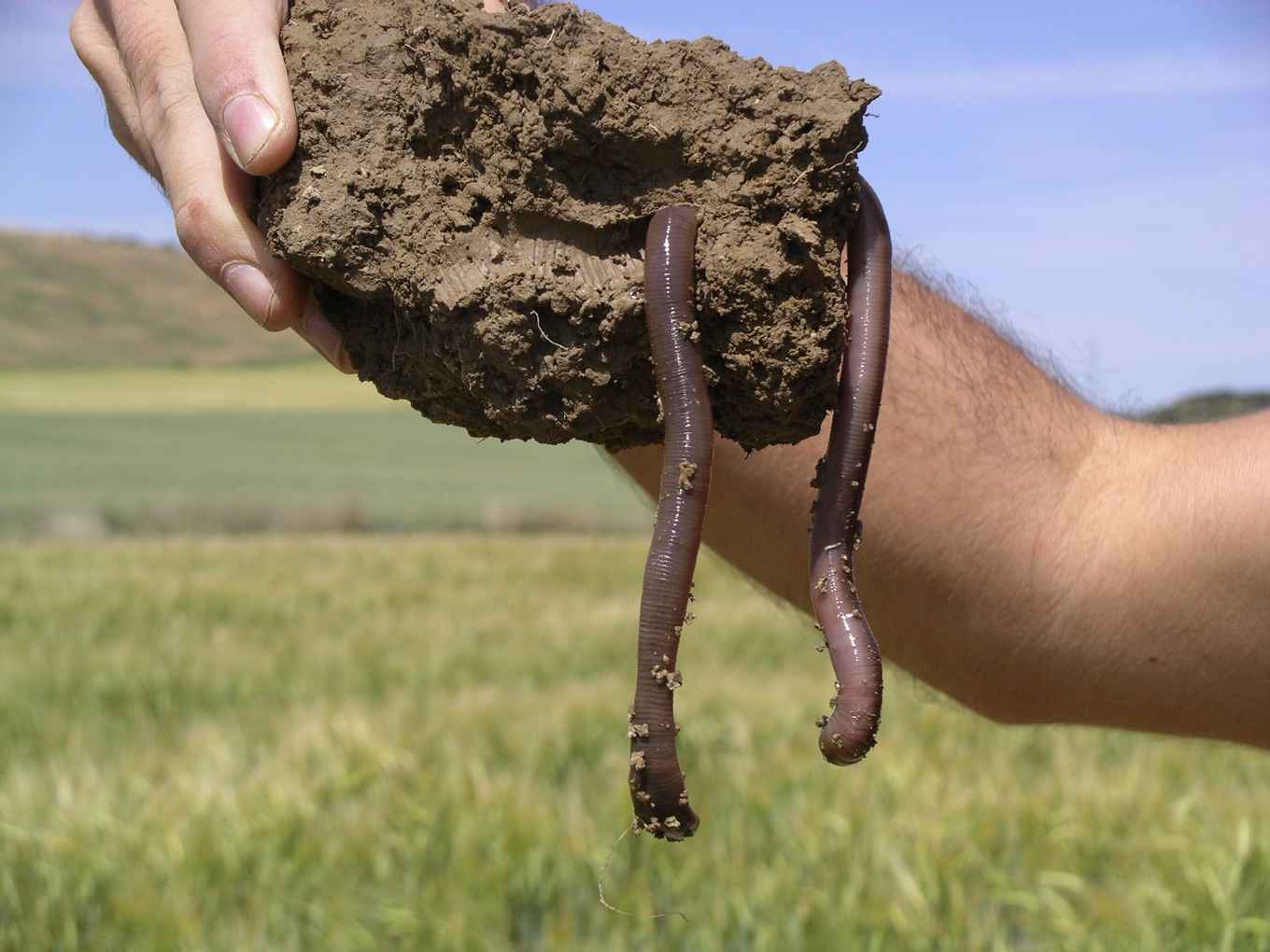Europe has a greater diversity and higher number of earthworms than the tropics
25 October 2019

When it comes to biodiversity and the protection of nature, people often firstly think about charismatic species such as mammals or birds. But these are not necessarily the species that are most essential for the proper functioning of an ecosystem. High on the list of animals that are very important yet receive little attention are the earthworms. Earthworms are present in soils on almost every continent, except Antarctica. They dig extensive networks of holes, mix the soil and eat organic material. With this they ensure the release of nutrients for other animals and plants and they influence the water balance of the soil, the capture of CO2, the spreading of seeds, and much more. In short, earthworms are small animals, but with a major impact.
Biologists have long recognized this importance of earthworms. Yet up till now, no-one has ever published a good overview of the worldwide distribution of these animals. A new study in the journal Science fills this hole. Led by the German Center for Integrative Biodiversity Research (iDiv) in Leipzig, biologists from 57 different countries brought together data for the first large earthworm overview. The overview maps data on species diversity and biomass presence or earthworms at 6928 locations across all corners of the world. Among the Dutch contributors was Franciska de Vries from the Institute of Biodiversity and Ecosystem Dynamics of the University of Amsterdam. She was involved in the conceptualization, interpretation of the data and in writing the paper.
Surprising
The overview provides a number of surprising insights. For example, it is a standard rule within biology that you will find a greater diversity of plant and animal species around the equator (or at low latitudes) than towards the poles (at high latitudes). With earthworms, the opposite appears to be true. It doesn’t matter whether you look at the number of species in an area, the amount of individual worms you’ll find there, or their total mass: in all cases, the tropics have the lower score.
"This means that in the Netherlands, and also in other parts of Europe, we have a greater diversity and number of earthworms than in the tropics," says De Vries. "This may not be a big surprise for people who are used to digging around in their garden. But it does go against that general biological rule."
Climate change
The study also provides an explanation for this: the most important factors that determine the species diversity and the amount of earthworms in an area are the amount of rain and the temperature. Earthworms prefer wetter soils and slightly lower temperatures. A second important conclusion therefore is that climate change can have a major impact on these animals.
De Vries: "We recommend in our paper that people who are involved in nature conservation, when they try to determine the impact of climate change on their area, do not just look at the impact on large species. Precisely because earthworms are so important for the proper functioning of the soil, which affects the rest of the ecosystem, it is highly important to also look at what happens to them if an area threatens to become drier, wetter or hotter due to climate change."
Publication details: Helen R. P. Phillips et al, Global distribution of earthworm diversity, in: Science, Vol. 366, Issue 6464, pp. 480-485
DOI: 10.1126/science.aax4851